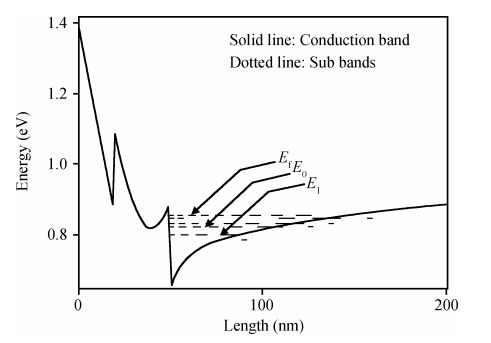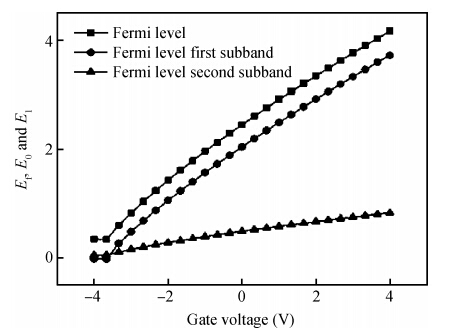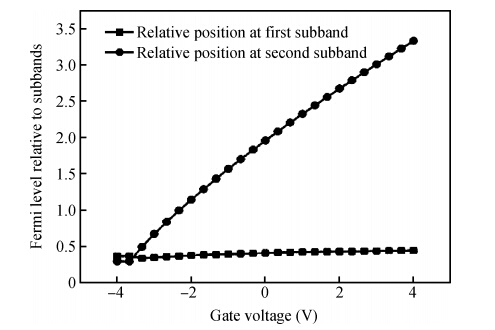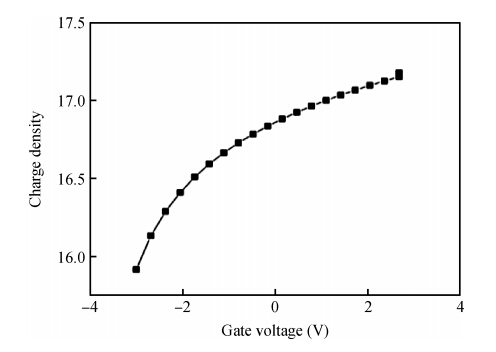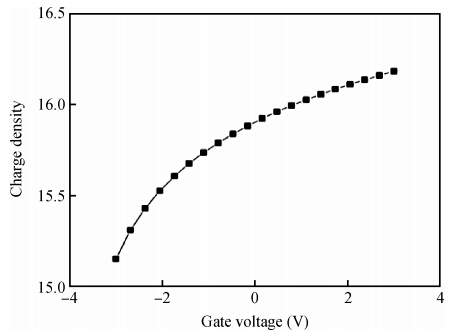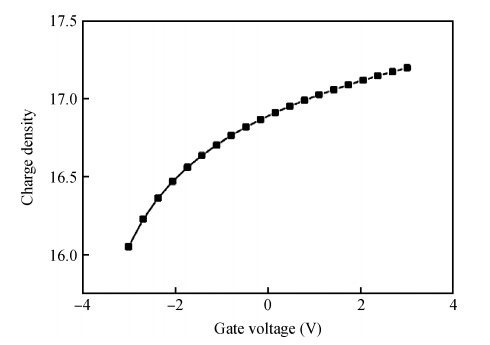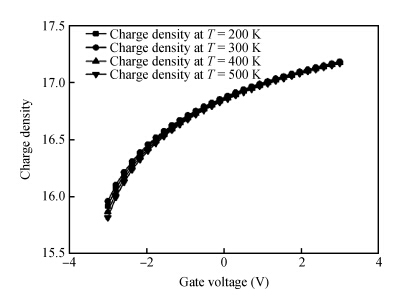| Citation: |
S. Theodore Chandra, N. B. Balamurugan, M. Bhuvaneswari, N. Anbuselvan, N. Mohankumar. Analysis of charge density and Fermi level of AlInSb/InSb single-gate high electron mobility transistor[J]. Journal of Semiconductors, 2015, 36(6): 064003. doi: 10.1088/1674-4926/36/6/064003
****
S. T. Chandra, N. B. Balamurugan, M. Bhuvaneswari, N. Anbuselvan, N. Mohankumar. Analysis of charge density and Fermi level of AlInSb/InSb single-gate high electron mobility transistor[J]. J. Semicond., 2015, 36(6): 064003. doi: 10.1088/1674-4926/36/6/064003.
|
Analysis of charge density and Fermi level of AlInSb/InSb single-gate high electron mobility transistor
DOI: 10.1088/1674-4926/36/6/064003
More Information
-
Abstract
A compact model is proposed to derive the charge density of the AlInSb/InSb HEMT devices by considering the variation of Fermi level, the first subband, the second subband and sheet carrier charge density with applied gate voltage. The proposed model considers the Fermi level dependence of charge density and vice versa. The analytical results generated by the proposed model are compared and they agree well with the experimental results. The developed model can be used to implement a physics based compact model for an InSb HEMT device in SPICE applications. -
References
[1] [2] [3] [4] [5] [6] [7] [8] [9] [10] [11] [12] [13] [14] -
Proportional views





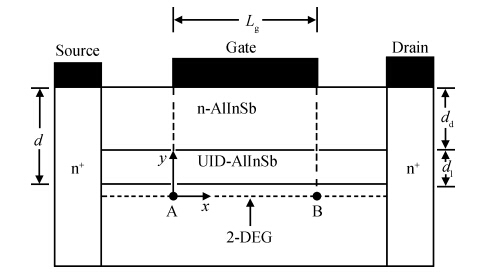
 DownLoad:
DownLoad:
